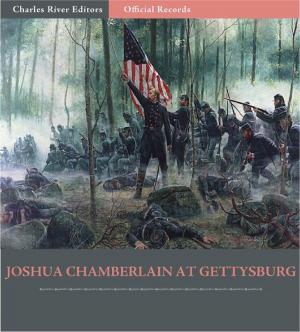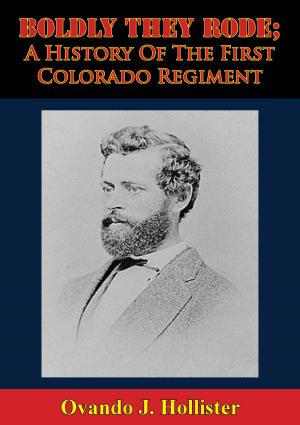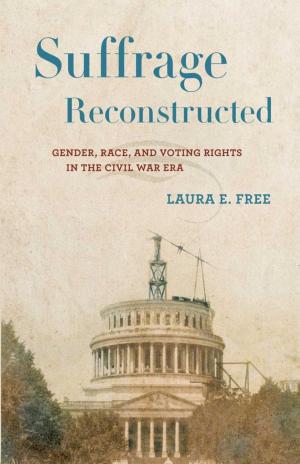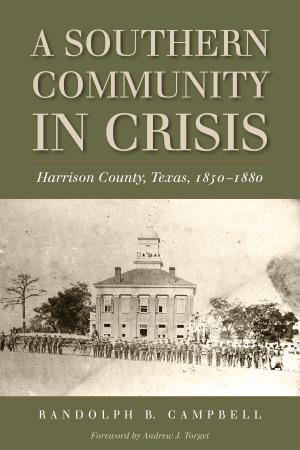Porter's Secret
Fitz John Porter's Monument Decoded
Nonfiction, History, Americas, United States, Civil War Period (1850-1877)| Author: | Wayne Soini | ISBN: | 9781937721008 |
| Publisher: | Peter E. Randall Publisher | Publication: | November 11, 2011 |
| Imprint: | Jetty House | Language: | English |
| Author: | Wayne Soini |
| ISBN: | 9781937721008 |
| Publisher: | Peter E. Randall Publisher |
| Publication: | November 11, 2011 |
| Imprint: | Jetty House |
| Language: | English |
FITZ JOHN PORTER was an intrepid aerial spy, a West Point graduate who fought bravely in the Mexican War, and the commander of the hundred guns at Malvern Hill that blasted General Robert E. Lee’s hopes of overwhelming General George B. McClellan’s Army of the Potomac in July, 1862. In late August, 1862 Lee took his revenge at the Second Battle of Bull Run. When Porter disobeyed orders on August 29, 1862 to throw his 10,000-man Fifth Corps against 25,000 well-entrenched Confederates, he was court-martialed. Thrown out of the Army in a sentence signed by President Lincoln, Porter thereafter fought for his vindication. In 1879, a Presidential commission of the Army’s top generals, after hearing over a hundred witnesses, Union and Confederate, realized with shock that Porter was a military and a moral hero who had fought “the good fight.” Soon after the board’s report, a contrite General U.S. Grant, who during the war would have had Porter shot, wrote a public apology. By an act of Congress signed by President Grover Cleveland, Porter was exonerated and reinstated to the Army. Near the end of his life, Porter, who died in 1901, worked with sculptor James E. Kelly to create a monument. The Fitz John Porter monument in Portsmouth, New Hampshire, illuminates a mystery of American history. Through clues “hidden in plain sight” near the general’s birthplace, Porter showed what he was thinking at Second Bull Run when he “failed” his commander to save an Army.
FITZ JOHN PORTER was an intrepid aerial spy, a West Point graduate who fought bravely in the Mexican War, and the commander of the hundred guns at Malvern Hill that blasted General Robert E. Lee’s hopes of overwhelming General George B. McClellan’s Army of the Potomac in July, 1862. In late August, 1862 Lee took his revenge at the Second Battle of Bull Run. When Porter disobeyed orders on August 29, 1862 to throw his 10,000-man Fifth Corps against 25,000 well-entrenched Confederates, he was court-martialed. Thrown out of the Army in a sentence signed by President Lincoln, Porter thereafter fought for his vindication. In 1879, a Presidential commission of the Army’s top generals, after hearing over a hundred witnesses, Union and Confederate, realized with shock that Porter was a military and a moral hero who had fought “the good fight.” Soon after the board’s report, a contrite General U.S. Grant, who during the war would have had Porter shot, wrote a public apology. By an act of Congress signed by President Grover Cleveland, Porter was exonerated and reinstated to the Army. Near the end of his life, Porter, who died in 1901, worked with sculptor James E. Kelly to create a monument. The Fitz John Porter monument in Portsmouth, New Hampshire, illuminates a mystery of American history. Through clues “hidden in plain sight” near the general’s birthplace, Porter showed what he was thinking at Second Bull Run when he “failed” his commander to save an Army.
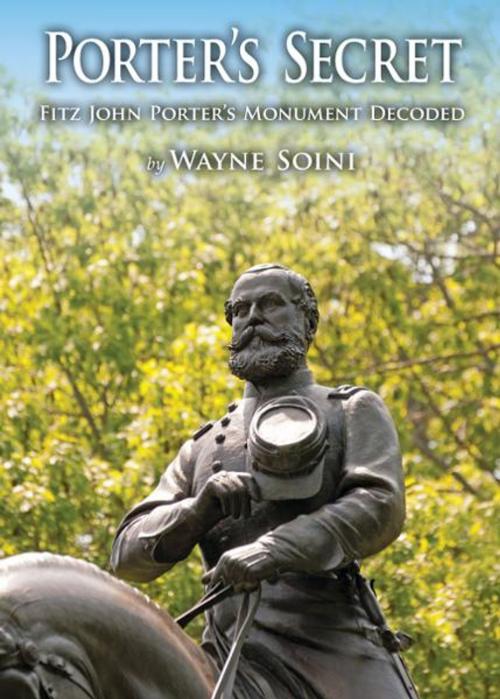
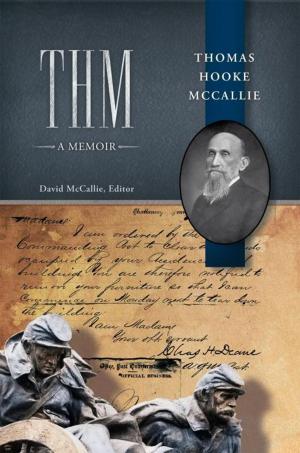

![Cover of the book American Civil War: A State-by-State Encyclopedia [2 volumes] by Wayne Soini](https://www.kuoky.com/images/2015/march/300x300/9781598845297-G5C2_300x.jpg)

